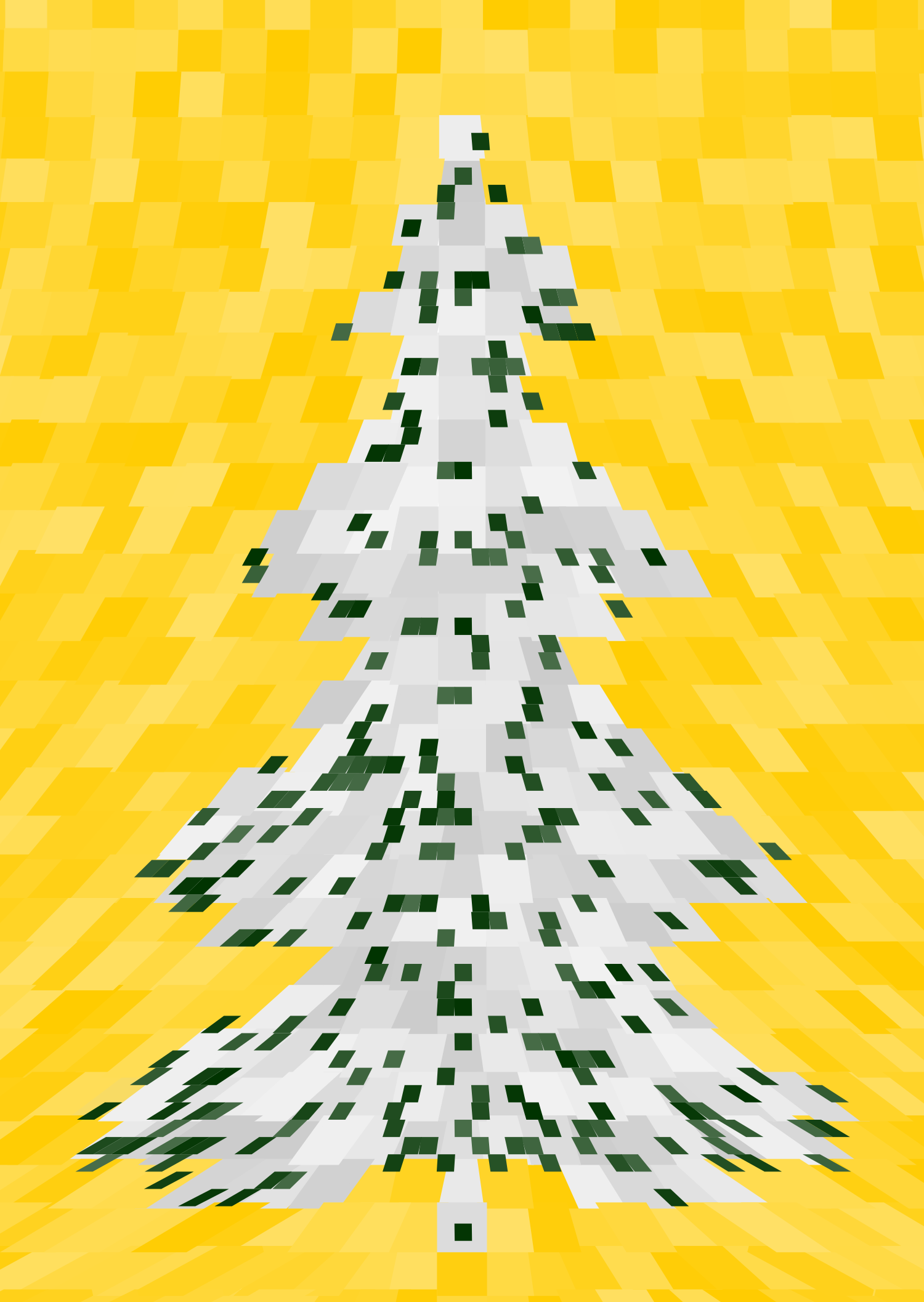For this year’s Christmas card I decided to go for an ‘old-fashioned’ pattern design, consisting of shapes that are filling the entire area. I used stars as shapes and included randomization in their corner locations and the color shades. The base colors might remind you of a well-known starry painting. For this Christmas version I included a single bright white star as well.
Fish (be)in(g) the sea
When making the birth announcement card for our son, I was also intrigued by a design based on many tiny fish. In the end we liked the wavy design better, but the fish were still in my mind. I decided to use them for a baby shirt instead. Unfortunately, some of the design subtleties are partly lost when printing on fabric, but you can still recognize the fish and clearly read his name!
Birth announcement card
Hurray, I am a father now! Our son Kai was born a few weeks ago. My wife and I spend many hours on designing the perfect birth announcement card. The name Kai has many meanings in a lot of different languages. We are especially charmed by the Hawaiian translation: sea, or ocean. In the design of the card, we represented this by a series of randomized waves. Randomization is used in the wave head shapes, the wave positions, and the wave colors.
We tried combining the color white, yellow, and green in several ways. In the end, we used white and random tints of green printed on yellow paper for the front side of the card, and random tints of yellow and green printed on white paper for the back side (not shown). Ideally, I would have made every single copy of the card unique, but in consultation with the printing company, we decided to limit it to eight different versions only :)
Color schemes
So far, my color variations were confined to colors in between a base color and one or two other chosen colors in the RGB-cube, usually black and white. I have now extended the variations greatly by implementing nine different color scheme types. Based on a single input color, these color schemes will produce one, two or three additional colors that have a specific relation to the input color, for example: complement, triadic, adjacent, tetradic, split complement, and a few others. The additional colors are obtained by shifting the hue-component along the color wheel, either in the CIE-LCh or HSV color space. I tested some of these variations on my own logo, which uses three colors.
Christmas card
My fifth self-designed christmas card already! For this year’s card, I decided to explore the combination of one my previous designs, featuring squares with a vertically transitioning horizontal skew, with the shape of a christmas tree. My first sketch was in basic green and white. To make the final design a bit more joyful, I added yellow and swapped the colors. In addition, I made the transitions more complex by also including one that increases from the middle of the image towards both sides.









